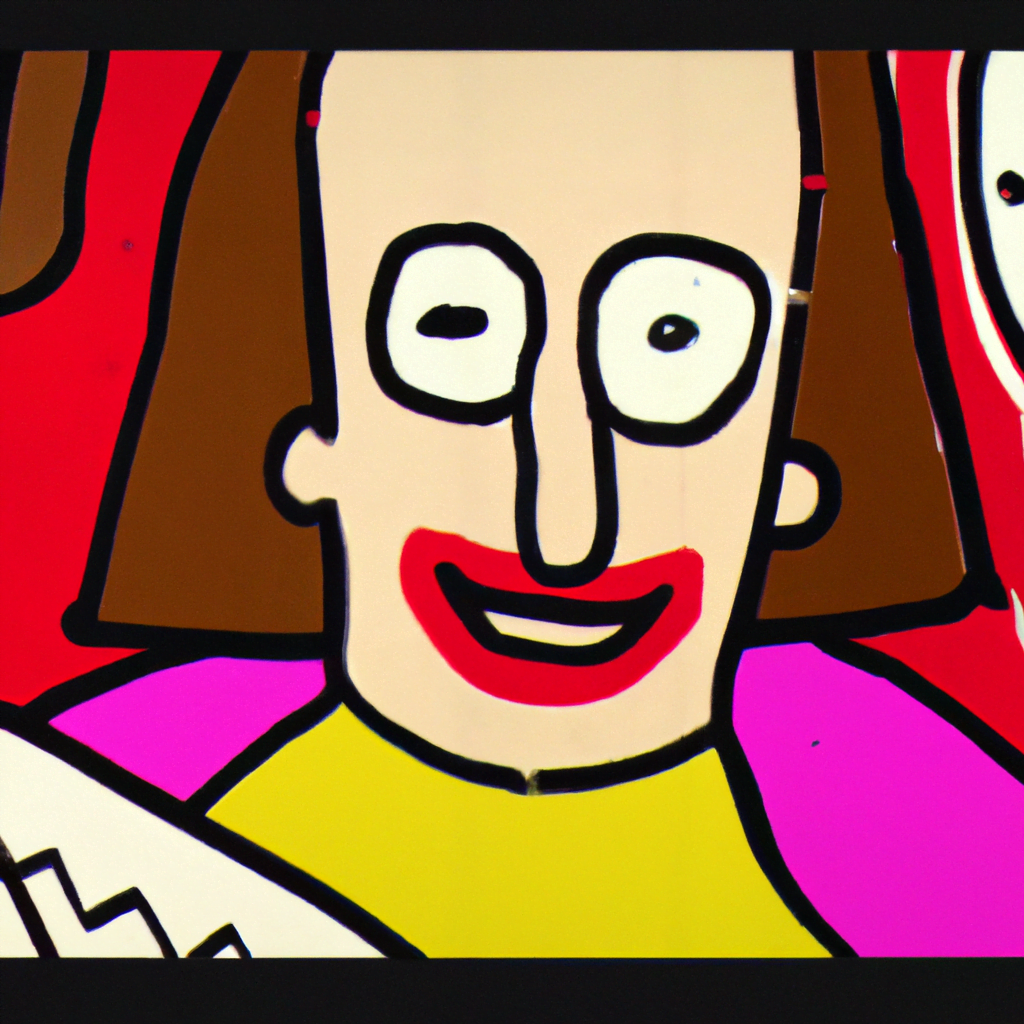Illustrating for Editorial Cartoons: Communicating through Satire
Editorial cartoons have long been a powerful medium for expressing political opinions and social commentary. Through the use of satire, these illustrations can convey complex ideas in a visually engaging and thought-provoking manner. In this article, we will explore the art of illustrating for editorial cartoons and how it effectively communicates messages to a wide audience.
The Power of Satire in Editorial Cartoons
Satire is a form of humor that uses irony, sarcasm, and ridicule to criticize and expose the flaws or vices of individuals, institutions, or society as a whole. It is a potent tool for social and political commentary, as it allows artists to highlight important issues and challenge the status quo in a way that is both entertaining and thought-provoking.
Editorial cartoons utilize satire to convey messages that may be difficult to express through words alone. By combining visual elements with clever wordplay, these cartoons can capture the attention of readers and spark conversations about pressing topics.
Example: The Works of Thomas Nast
One of the most influential editorial cartoonists in history is Thomas Nast. His illustrations during the 19th century played a significant role in shaping public opinion and exposing corruption. Nast’s cartoons, published in publications like Harper’s Weekly, targeted political figures and issues of his time.
One of Nast’s most famous cartoons is “Boss Tweed and the Tammany Ring,” which depicted the corrupt political machine led by William M. Tweed in New York City. Through his illustration, Nast exposed the greed and manipulation of Tweed and his associates, effectively contributing to their downfall.
The Role of Visual Elements in Editorial Cartoons
Visual elements play a crucial role in editorial cartoons, as they enhance the impact of the satire and help convey the intended message. These elements include caricatures, symbols, and metaphors that are carefully crafted to represent specific individuals, ideas, or events.
Caricatures: Exaggerating Features for Effect
Caricatures are exaggerated representations of people or things, often highlighting distinctive features or traits. In editorial cartoons, caricatures are used to satirize political figures or public figures, making them instantly recognizable to the audience.
For example, the caricature of former British Prime Minister Winston Churchill often depicted him with a large cigar and a bulldog-like face. This portrayal emphasized his strong personality and determination, while also poking fun at his appearance.
Symbols: Simplifying Complex Ideas
Symbols are powerful tools in editorial cartoons, as they can simplify complex ideas and make them more accessible to a wide audience. By using recognizable symbols, cartoonists can convey messages quickly and effectively.
One famous symbol used in editorial cartoons is the donkey representing the Democratic Party in the United States. The donkey has become synonymous with the party, and its use in cartoons allows for instant recognition and association with the political group.
The Impact of Editorial Cartoons
Editorial cartoons have a significant impact on public opinion and can shape the way people think about political and social issues. They have the ability to provoke emotions, challenge beliefs, and encourage critical thinking.
Case Study: Charlie Hebdo
The French satirical magazine Charlie Hebdo is known for its controversial editorial cartoons that tackle sensitive topics. In 2015, the magazine was targeted by a terrorist attack due to its publication of cartoons depicting the Prophet Muhammad.
This tragic event highlighted the power of editorial cartoons and the impact they can have on society. It sparked a global debate on freedom of speech, religious tolerance, and the boundaries of satire.
Conclusion
Illustrating for editorial cartoons is a unique and powerful way to communicate through satire. By combining visual elements with clever wordplay, these cartoons can convey complex ideas in an engaging and thought-provoking manner. Through the use of caricatures, symbols, and metaphors, cartoonists can simplify complex ideas and make them accessible to a wide audience. The impact of editorial cartoons on public opinion cannot be underestimated, as they have the ability to shape conversations, challenge beliefs, and provoke change.
